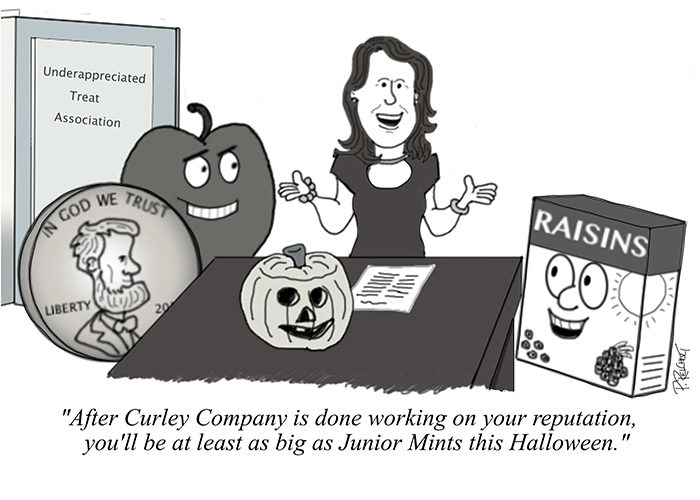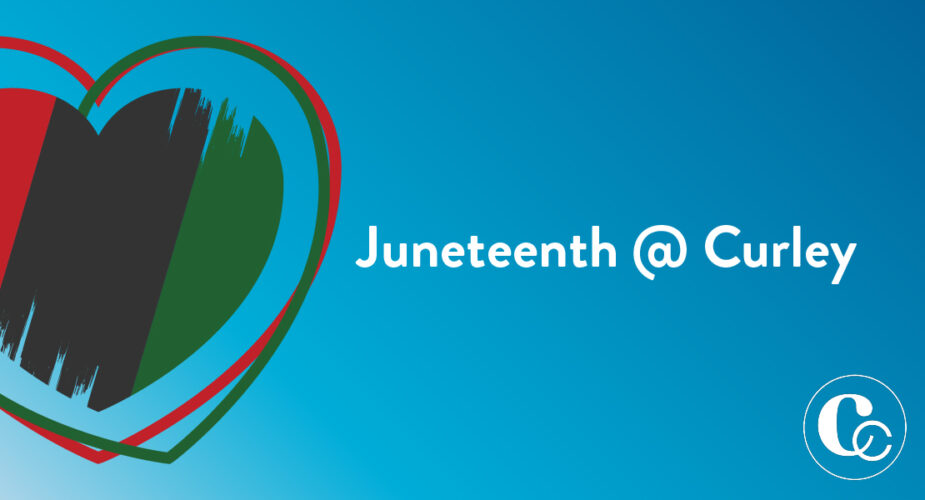Three Thoughts on Threads
Revolutionary. Redundant. Reasonable. Whatever your take is on the new social media platform Threads, it has undoubtedly made its way into the digital lives of hundreds of thousands of social media users across the U.S.
On July 5th, Meta released Threads, a text-based conversation app that many people consider Twitter’s competitor. Mark Zuckerberg’s Threads comes at a time when Twitter is experiencing ongoing volatility due to Elon Musk’s entrance into the digital landscape. Now, with over 100 million Threads users in less than one week of its launch, what should we expect for the platform moving forward? If you are a public relations professional or a casual Threads/Twitter user, here are some takeaways to consider about Threads.
1. Threads may not be the first to do this but Meta’s track record cannot be denied.
At first glance, some may view Threads as just another Twitter lookalike, similar to its predecessors Mastodon, Bluesky and Hive. What sets Threads apart though is Meta’s long history of integrating new features and additions to existing apps like Instagram (e.g., Instagram stories, geolocations, Instagram shops). Although Threads might not be a newcomer to the Twitter-like layout, it allows Instagram users to transfer their basic information, username and even followers to their Threads account. This cross-app integration is not only convenient but draws on the idea that public relations professionals live for: repurposing information across various communication platforms. This plays a vital role in how the app easily reached over 100 million users in such little time.
2. Every app is not the same!
Many people consider Threads the “Twitter killer,” meaning that its existence alone is assumed to drive users away from Twitter forever. Yet, we cannot be quick to assume that Threads will replace Twitter because they both serve different purposes, even though they look similar in appearance. The audiences that live on each platform are inherently different because Threads users are interacting with the same Instagram follower networks on another platform. Twitter mainly acts as a news source for most, but Threads is naturally geared toward more casual use at this time, similar to how individuals use Instagram in their everyday lives. Acknowledging this important aspect of the Twitter versus Threads debate, we must approach content planning and audience engagement that is unique to the platform instead of modeling digital strategy after a templated Instagram or Twitter proposal.
3. What’s next on the pipeline: Influencers and reach optimization.
Zuckerberg’s Threads attempt to create a safer and more positive version of Twitter may have some gaps that leave us wondering how we can see Threads being integrated into our daily digital digest. While content moderation guidelines and user safety have been hot topics for Musk’s Twitter takeover, Threads’ promise of a social media utopia leaves us with a main feed filled with brand or influencer content that is void of anything that can be misconstrued as relatively negative. Not seeing anything unpleasant is not necessarily the worst situation, but this does present some challenges to how users’ content can be seen and engaged with. To take this concern a step further, notable brands who are attempting to make a big splash on the platform may run into problems with content promotion and advertising efforts in the near future.
In addition, there is currently no means of content searching on Threads, meaning that users are forced to rely on the current “positivity algorithm” to drive their content. Furthermore, influencer word-of-mouth will be the main driver of content promotion and engagement.
In conclusion, taking a customized approach to Threads content planning is essential to seeing how this new digital frontier will progress in the coming weeks. We are excited to see how this evolves moving forward! Will you be using Threads from now on?









